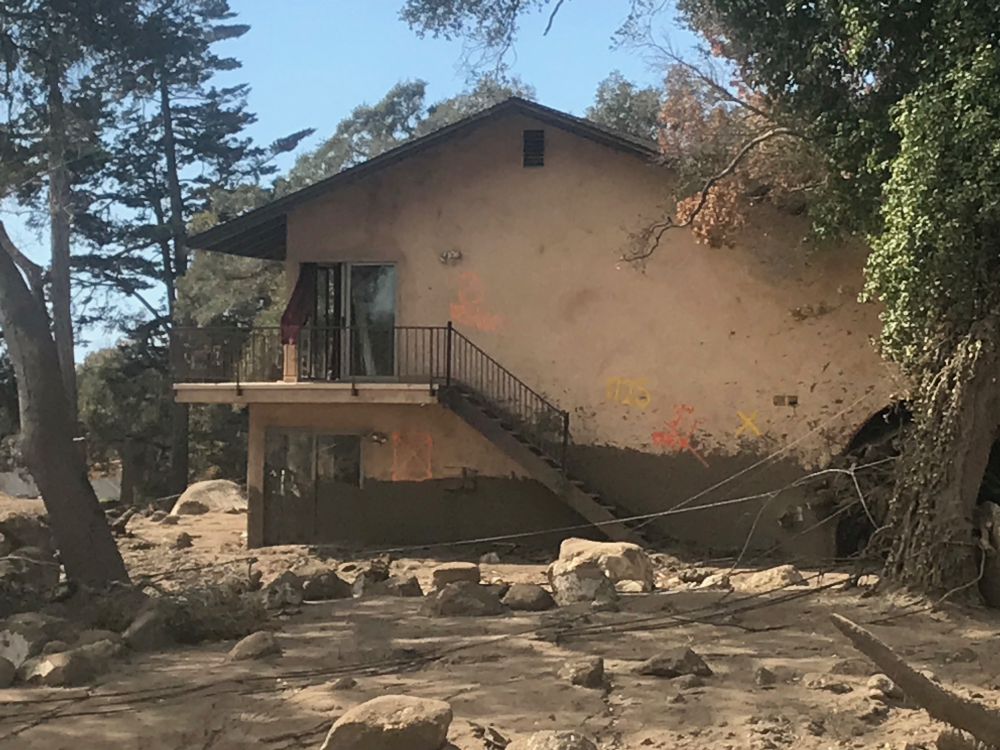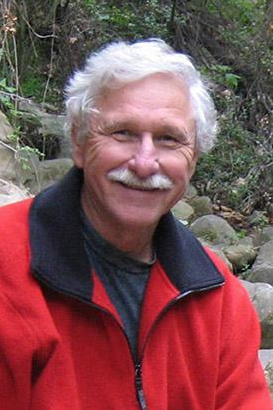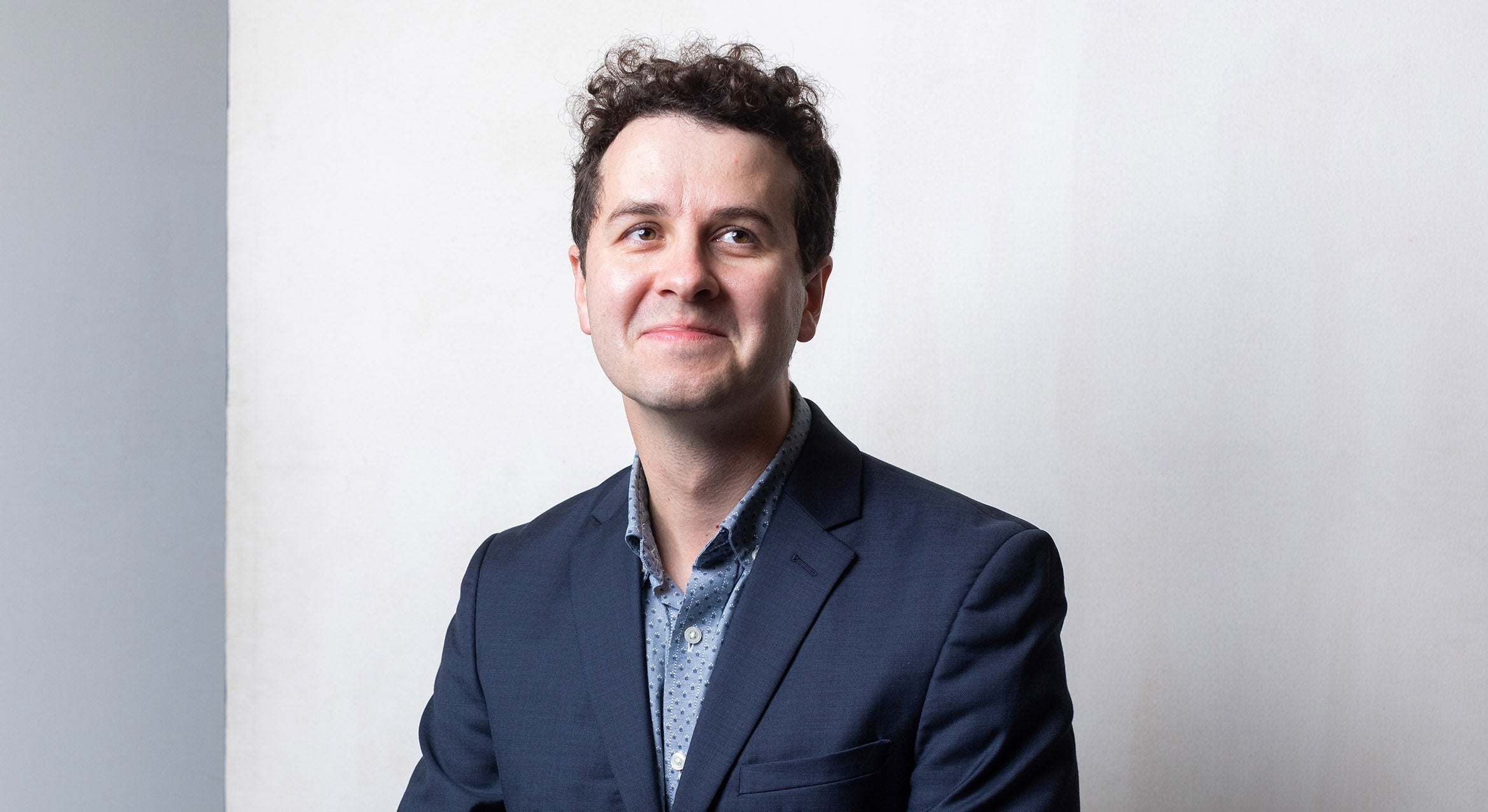
To Flee or Not to Flee

A new study by UC Santa Barbara researchers speaks to the importance of public awareness programs in keeping residents — and emergency management offices — informed about rare but potentially lethal natural events in their area.
The paper, co-authored by geology professor Ed Keller and colleagues Summer Gray, an assistant professor of environmental studies, Keith Clarke, a professor of geography, and Erica Goto, a postdoctoral scholar who completed her Ph.D. in geography, is published in the International Journal of Disaster Risk Reduction.
The work is part of an ongoing effort to understand and improve how communities prepare for future disasters. “There were a lot of problems because people didn’t know what to do,” said Keller. “We need to learn from that.”
The Montecito debris flows that occurred in January 2018 were the result of a rare confluence of two uncommonly severe events: the Thomas Fire — at that time the largest wildfire in California history — which which for weeks burned through Ventura and Santa Barbara counties; and the intense winter storm that followed, at one point dumping half an inch of rain in a five-minute period on the newly charred mountainside. Add to that combination a topography that is prone to swift floods, as rain-swollen creeks jump their banks, creating new channels.
“All of Montecito was built on these alluvial fans,” Keller said. “The whole place.”
Residents of Montecito were made aware of the possible disaster and given an evacuation order the day before the storm’s arrival, but many chose to stay.
In surveys and interviews with hundreds of respondents, the researchers sought the residents’ reasons for choosing not to evacuate. Lack of knowledge of debris flows seems to have contributed to a false sense of security.
“From the interviews, we learned that they did not know about previous debris flows in Santa Barbara County and in Montecito, and that they didn’t know what a debris flow was,” said Goto, the lead author of the study, which is likely the first paper to dive into the physical systems of and the behaviors surrounding catastrophic debris flows. “And so, they did not understand their risk.”
Unlike wildfires — regular events for Californians — debris flows of the magnitude that occurred in Montecito are exceptionally rare, with an average recurrence interval of about 1,700 years, and a 6% chance of such a catastrophic event occurring in the next 100 years, according to the paper. However, said the researchers, it is important to remember that rare events based on probability do not mean they cannot occur again at shorter time periods. Smaller debris flows are common when rains follow wildfires, Keller pointed out, but they usually don’t make it out of the mountains.
Nevertheless, the researchers said, smaller but hazardous debris flows have flowed beyond the mountain front in recent decades. Also, with climate change bringing more intense wildfire and rainstorms, hazardous debris flows may become more common.
“These big events, such as the one that happened in Montecito in 2018, are a whole different beast,” said Keller, both for the community and for the county, whose job it was to manage the evacuations. “I think (the county) did the best they could — they didn’t understand what they were dealing with, like many people,” he said.
The lack of experience with and knowledge of this type of natural hazard led to a low perception of risk in many of the respondents, who reported that they “felt safe,” and had “no idea about debris flows,” or “did not think I was at risk.” Others, many of whom recently had to leave their homes due to the still-burning Thomas Fire, cited evacuation fatigue and pets as reasons for staying.
The dominant reason for staying given by the respondents was that they were placed in the voluntary evacuation zone in the county’s evacuation map, which at the time of the event was based on Thomas Fire evacuation zones and not on the estimated movement of water, silt and boulders down a hillside. Thus, according to the paper, “many residents were told to evacuate who lived out of the debris flow hazard area, and many residents in the voluntary evacuation zones were in areas subject to debris flows (that is, along a stream corridor close to the channel).”
In the uncertainty before the storm, residents also turned to their social networks to help them decide whether to stay or go, Goto said, something that was “surprising, but also expected since residents did not understand their risk.” Lack of understanding about debris flows is also thought to be a factor behind some last-minute decisions to flee and try to outrun the 30 mile-per-hour flows, which resulted in some residents being swept up in the rush of mud and rocks.
The interviews and surveys also addressed subsequent evacuation notices in March 2018, ahead of heavy storms. The researchers wanted to see whether evacuation compliance would increase significantly after residents had been primed with the experience of the first disaster. Contrary to the research group’s expectations, evacuation compliance between the January and March orders increased slightly, but was not statistically significant, an outcome the study says could be attributed to the relative moderate to high rates of compliance (more than 60% in both cases) — and possibly also loss of confidence in the county after the tragedy of the January debris flows.
Though catastrophic debris flows are uncommon — and precisely because we’re not likely to see another one in the same area in our lifetimes — Goto, Keller and colleagues have been working to glean as much knowledge as possible about the Montecito debris flows from a variety of perspectives, including physical processes, social implications and vulnerability. The memory of the disaster should be kept alive, they say, if only to serve as a warning to present and future residents that the ground under their feet is not as stable as they might think. And with climate change increasing the intensity and frequency of severe events such as wildfires and winter rains, rare events might become more common.
According to Goto, who specializes in the combination of physical and social aspects of disaster risk reduction, residents, particularly those who are new to the area, would benefit from a long-term, onging public awareness program and educations about the risks.



